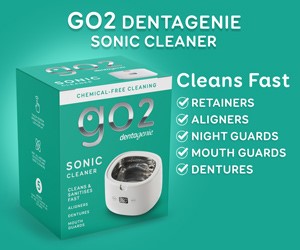Eight per cent of the population consume sports drinks such as Powerade, Gatorade and Staminade in any given seven days, the latest findings from Roy Morgan Research indicate.
Ten per cent of male survey respondents, compared with five per cent of the females, drink these beverages, while 14 per cent of Australian respondents aged under 25 are more likely to consume them than any other age group.
Ahead of the pack is Powerade, drunk by 58 per cent of surveyed sports-drink consumers in an average seven days, with 33 per cent choosing Gatorade and seven per cent choosing Maximus.
A certain portion of each brand’s consumers drink at least one other brand during the same time period.
In addition to the ‘fitspiration’ that characterises much of its marketing, the sports drink category distinguishes itself from other non-alcoholic beverage segments by emphasising its sports-science credentials, including special formulas, isotonic qualities and electrolytes. This has not gone unnoticed by sporty Australians.
People who play sport are noticeably more likely to drink sports drinks than the average Australian. For instance, 28 per cent of surveyed people who play baseball, 24 per cent of those who play rugby union, and 22 per cent of those who play Australian Rules football consume at least one of these beverages in any given seven days – all well above the national average.
“While our data doesn’t tell us whether sports drinks actually improve sporting performance, it does reveal that people who practise sport are much more likely than the average Australian to consume them,” Roy Morgan Research General Manager Consumer Products Andrew Price said.
“Some brands have an even stronger sporting connection through sponsorship arrangements, such as Powerade’s partnership with the NRL and Gatorade’s association with Cricket Australia and the AFL.
“While it’s difficult to imagine how Powerade’s dominance of the Australian market could be challenged, brands must at least ensure their competitive edge by understanding their present and future consumers’ demographics, behaviours and attitudes.”



